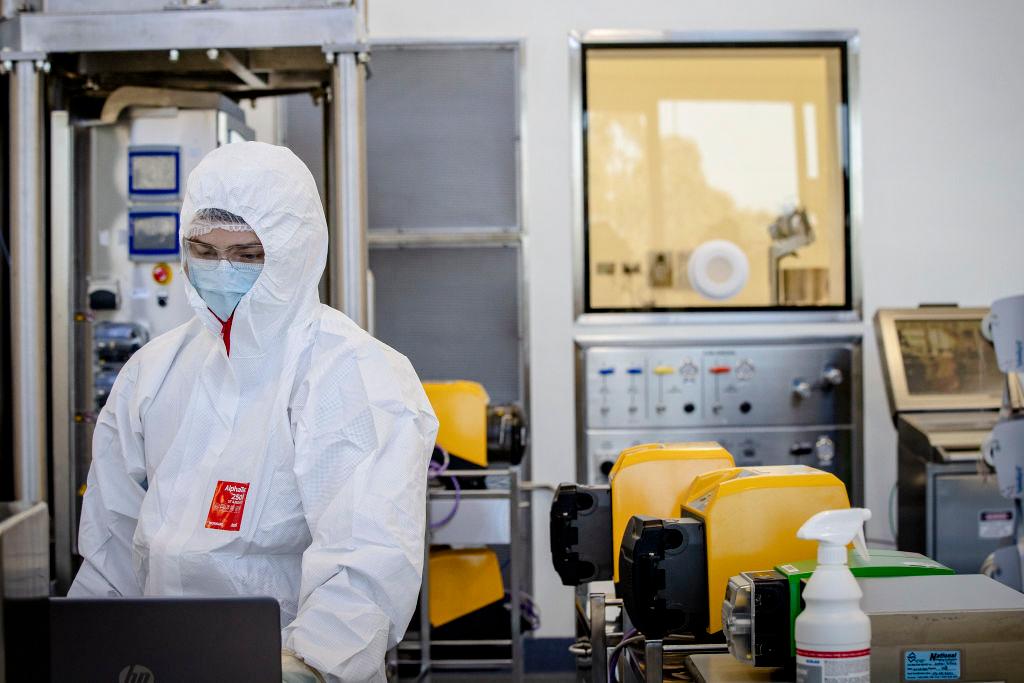Australian biotech giant CSL delivered a multi-billion dollar profit in the 2024 financial year and a major boost in revenue.
The plasma collection, therapeutic, and vaccine company reported an underlying net profit after tax and amortisation (NPATA) of US$2.91 billion (A$4.4 billion) for the 12 months ended June 30, up 11 percent (pdf).





